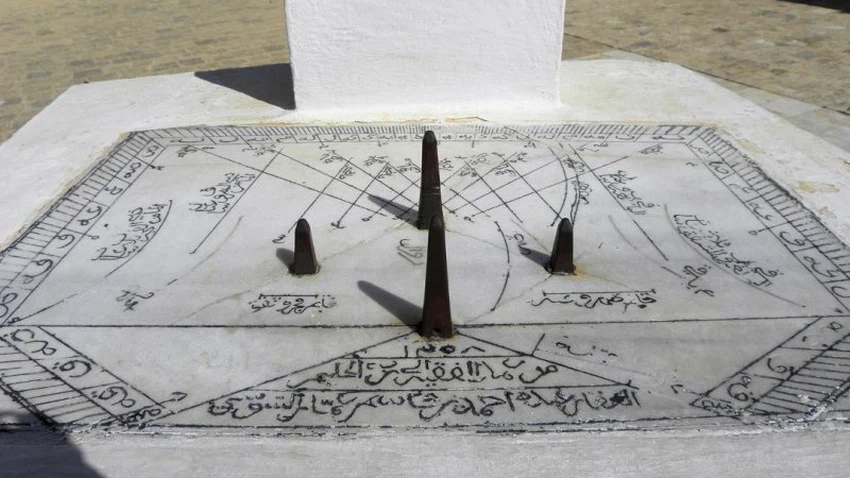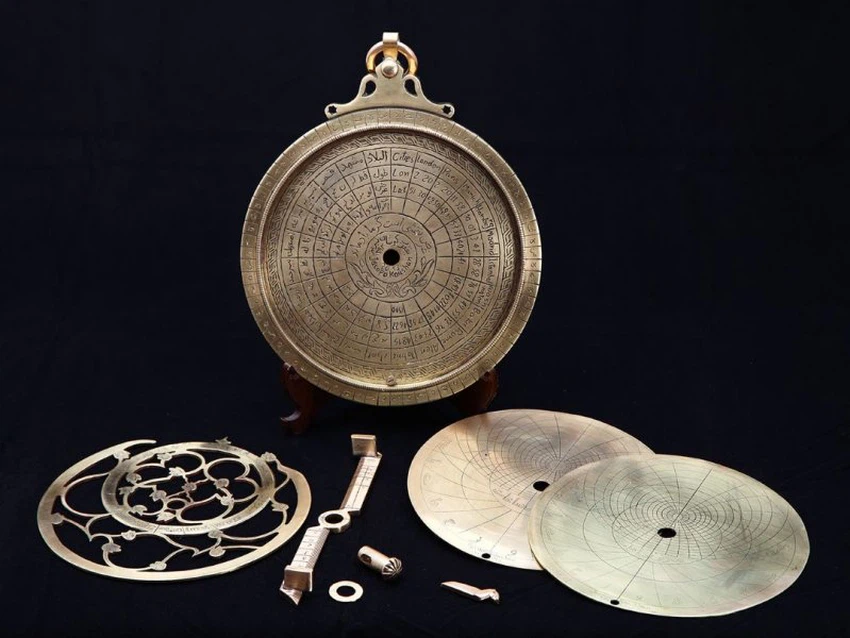Winter solstice and its usefulness in determining the hours among the ancient Arabs
Arab Weather - The winter solstice , known as the Winter Solstice, is the day that astronomically announces the beginning of winter. This day is characterized by the shortest daylight and longest night of the year.
The term "solstice" refers to the change in the apparent path of the Sun as seen from Earth. On this day, the Sun reaches its southernmost point in the sky in the Northern Hemisphere and then begins to move north. During the winter solstice, the Sun travels its shortest daily path across the sky, causing it to shine for fewer hours than it does the rest of the year, making the Northern Hemisphere the shortest day.
However, the winter solstice is not usually the coldest day of the year. Temperatures are affected by other factors, such as geographic location, weather patterns, and the presence of snow cover. But after the winter solstice, temperatures begin to gradually drop, reaching their lowest levels in the weeks that follow, making this the coldest time of the year.
It had a special status among the ancient Arabs. They used this day, which represents the shortest day and the longest night, as an astronomical and temporal reference to organize their daily and annual lives, and it contributed to the development of their sciences and knowledge.
Stage One: Observation and Documentation
In the early days of Arab civilization, direct observation of nature and astronomy was an integral part of Arab life as they observed the changing length of day and night across the seasons, and observed the winter solstice as a distinctive sign of the beginning of seasonal shifts. They also recognized the day of the winter solstice as a turning point after which the days gradually lengthened, which helped them determine the beginning of a new astronomical cycle.
Stage 2: Using the sundial
With the development of astronomical instruments among the Arabs, the sundial appeared, which relied on the shadow cast by the sun to determine the time. On the winter solstice , the shadow is at its longest at noon, which made it easier for scientists to accurately determine midday. Likewise, on the summer solstice, the shadow is at its shortest, which made these two days the main references for adjusting calendars.

Stage Three: Development of Astronomy
Many Arab scientists emerged who relied on phenomena such as the winter and summer solstices to develop astronomy. The most prominent of them are:
- Al-Biruni: who studied the relationship between the sun and the earth and contributed to the development of accurate astronomical calendars based on the solar solstices.
- Al-Farghani: who documented the movement and inclination of the sun, which helped in understanding the solstices and using them to determine the beginning of the seasons.
- Ibn al-Shatir: who developed precise astronomical instruments to monitor the movement of celestial bodies and made use of the phenomenon of the winter solstice in his calculations.

Stage Four: Benefit in Daily Life
Organizing agricultural seasons:
The winter solstice marked the beginning of winter, a crucial period for preparing to plant certain crops such as grains.
In contrast, they used the summer solstice to mark the end of the planting season and the beginning of the harvest season.
Desert navigation:
Bedouins relied on the positions of the sun and stars to navigate through the desert, with the winter and summer solstices being references for determining directions.
The role of the winter and summer solstices in the Arab calendars
The Arabs developed calendars based on the movement of the sun, such as the solar Gregorian calendar in some areas. The winter solstice served as a reference point for determining the beginning of winter, while the summer solstice was the reference for the beginning of summer. These calendars helped organize agricultural and religious activities.
By using the winter and summer solstices, the ancient Arabs demonstrated their ingenuity in interpreting natural phenomena and employing them in their daily lives and sciences. These phenomena were the starting points for their innovations in astronomy and time sciences, and laid the foundation for a scientific renaissance whose effects extended to the entire world.
See also:
Arabia Weather App
Download the app to receive weather notifications and more..



